Enculturation, Vol. 3, No. 2, Fall 2001

 |
|
Enculturation, Vol. 3, No. 2, Fall 2001 |
 |
|
Panoptic Mediation: From Bentham's Panopticon to the P-Chip In 1975 psychoanalyst Jacques-Alain Miller published an essay entitled "Le despotisme de l'utile: la machine panoptique de Jeremy Bentham." In that same year, Michel Foucault published a more expansive discussion of Bentham's Panopticon in Discipline & Punish. Foucault described the effect of backlighting, which rendered the prison inmate individualized and unremittingly visible to the guardian, who remained obscured within the central tower. Bentham had designed a machine, a technology of power that regulated problems of surveillance. Foucault described this machine and its visibility as a trap (195-228). Before the end of the eighteenth century, certain preoccupations existed in architectural design concerning the manifestation of power and religion. During this period architecture was to become involved with addressing social questions such as containment of disease, population density, design of workers' housing and so on. Foucault describes this as "a question of using the disposition of space for economico-political ends" (P/K 148). Bentham's machine was part of this tendency. In both economic and political terms, it created an inexpensive surveillance system compared with other prison models:
Foucault considered Bentham's machine to be characteristic of nineteenth century societies in which power came to be associated not so much with an individual who possesses it. It became instead machinery that no one owns. In effect, the machine had no operator. If one could stand outside and control it then one would return to the old, autocratic, monarchial version of power. In the Panopticon, the influence of power is achieved differently. It is accomplished through the effects of observation and knowledge exerted in a field of a constant and unknown gaze. According to Foucault, the idea that situating people in a field of complete visibility could control them was a constant in French texts during the Revolution period. A striking fear of darkness prevailed in the latter half of the eighteenth century:
In cinema, the human eye is the parturient of the camera's lens. References to the eye and lens abound in films irrespective of genre and culture. Examples range from Louis Buneul and Salvador Dali's razor-slashed eye in Un Chien Andalou to Dziga Vertov's The Man with the Movie Camera in which lens and eye become one. Sergei Eisenstein provides a compelling reference to the connection between the eye and power, specifically autocratic state power and visual surveillance in Ivan the Terrible. Eisenstein represents Mulyata, a member of Ivan Grozny's inner circle, as the Tsar's eye watching over Ivan's interests. Mulyata helps to maintain control and retain power in the hands of the ambitious autocrat. On the wall of the Tsar's castle is a Byzantine painting of the Pantocrator, highlighted in Eisenstein's mise-en-scene as a giant eye overseeing the goings-on. Eisenstein presents us with the State, power and the eye involved in a complex interplay of forces. 1 | Next Node | 3 | 4 | 5 | 6 | 7 | 8 | Works Cited
|